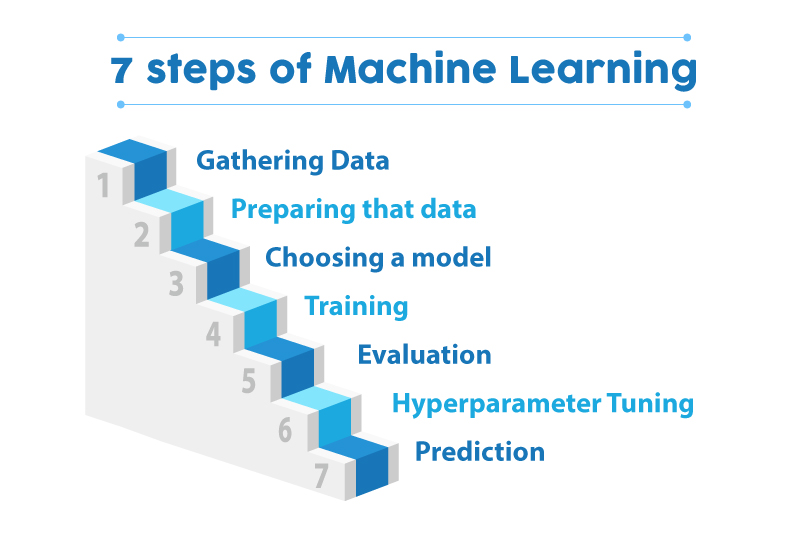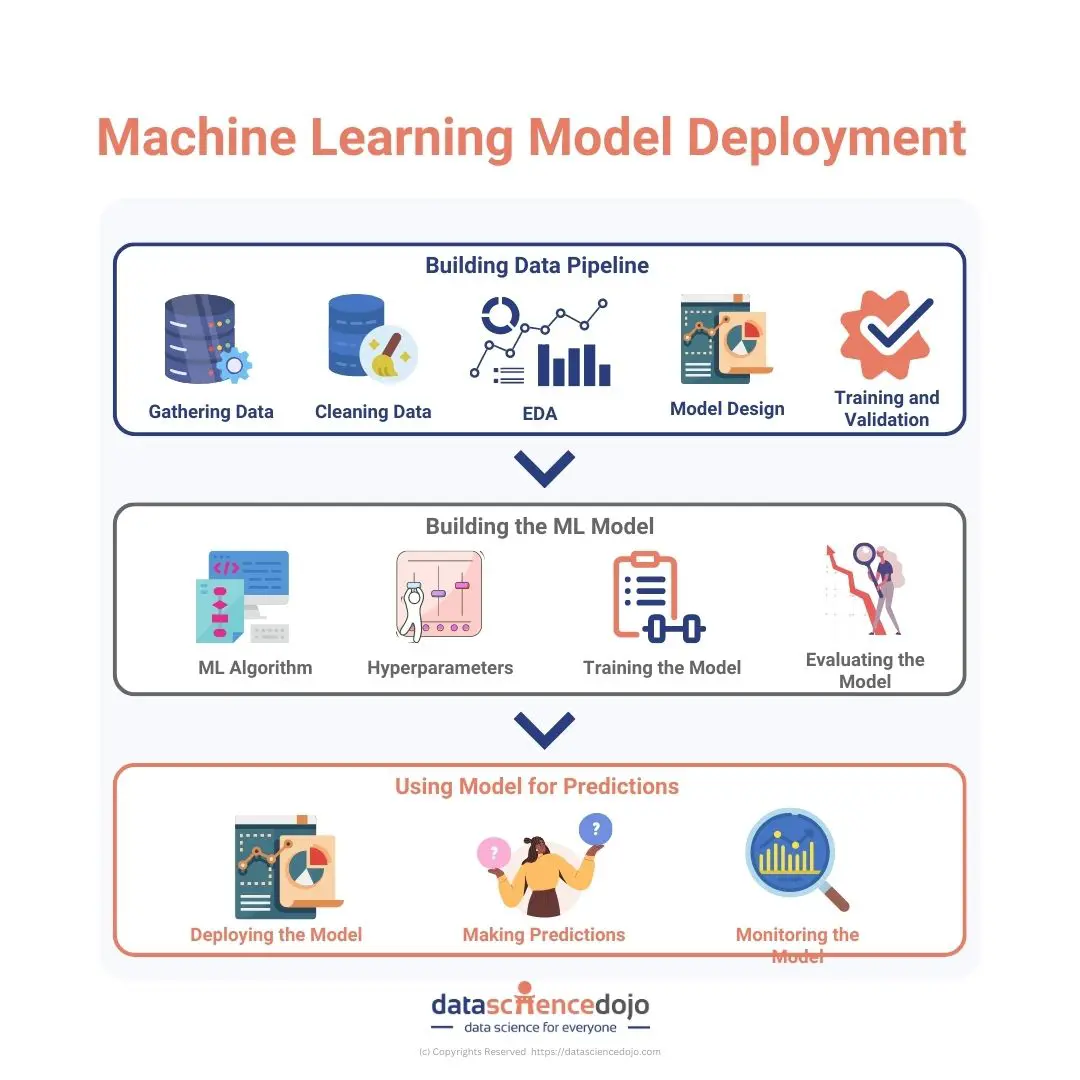
Introduction
Overview of Machine Learning
Machine learning, often hailed as a game-changer in the sphere of technology, is a subset of artificial intelligence that empowers computers to learn from data and make predictions. By leveraging patterns from vast datasets, machine learning models can provide insights and automate tasks that were once solely in the human domain.
Imagine training your computer to distinguish between cat and dog images. By feeding it thousands of labeled pictures, the model learns the nuances of each animal’s features, enabling it to accurately identify new images based on what it has previously learned.
Importance of Building a Simple Machine Learning Model
Building a simple machine learning model has immense value, particularly for beginners. It allows them to grasp the essential concepts and techniques integral to the field. Here are a few reasons why this is critical:
- Foundational Knowledge: It lays the groundwork for understanding more complex models.
- Practical Skills: Hands-on experience fosters confidence in working with data.
- Problem-Solving: It encourages analytical thinking, crucial in addressing real-world challenges.
At TECHFACK, we believe that starting small is the key to mastery in machine learning!

Fundamentals of Machine Learning
Understanding Data Preparation
Having grasped the basics, it’s time to dive deeper into the fundamentals of machine learning by focusing on data preparation. Just as a chef needs quality ingredients to create a delicious dish, machine learning practitioners require clean, well-structured data for effective models.
Data preparation involves several key steps:
- Data Cleaning: Identifying and rectifying errors, such as missing values or incorrect entries.
- Data Transformation: Normalizing or scaling data to ensure it fits within a useful range.
- Data Splitting: Dividing your dataset into training and testing sets to validate model performance.
For instance, if you’re analyzing a dataset of customer purchases, filtering out any incomplete records before training your model is essential.
Exploring Feature Engineering
Once your data is clean, the next step is feature engineering. This process transforms raw data into valuable inputs for machine learning models.
Think of it as crafting the perfect recipe using your ingredients. Key activities in feature engineering include:
- Creating New Features: Deriving useful attributes from existing data.
- Encoding Categorical Variables: Converting categories into numerical format.
- Selecting Important Features: Identifying which attributes contribute most to predictions.
By emphasizing both data preparation and feature engineering, budding data scientists can significantly enhance their model’s accuracy and reliability. At TECHFACK, we’re committed to guiding you through each step!

Building Blocks of a Machine Learning Model
Selecting an Algorithm
With a solid understanding of data preparation and feature engineering, the next step is selecting the appropriate algorithm. The choice of algorithm significantly influences how well your model performs. It’s akin to choosing the right tool for a specific task; using the wrong one can lead to inefficient or flawed outcomes.
When selecting an algorithm, consider:
- Type of Problem: Classification (e.g., email spam detection) versus regression (e.g., housing prices).
- Dataset Size: Some algorithms handle large datasets better than others.
- Interpretability: How important is it to understand how decisions are made by the model?
For instance, tree-based algorithms like Random Forest often work well on a diverse set of features, making them a popular choice for many beginners.
Training and Testing the Model
Once the algorithm is selected, it’s time to train and test your model. This phase is crucial to ensure that your model can generalize well to unseen data.
- Training: Use the training dataset to allow the model to learn patterns.
- Testing: Evaluate its performance on the test dataset, which it hasn’t seen during training.
For example, you might find that your model performs well on training data but struggles with test data—indicating potential overfitting. This cyclical process of training and testing is essential to refining your model’s effectiveness. TECHFACK believes that mastering these building blocks is vital for every aspiring machine learning practitioner!

Evaluating and Improving the Model
Performance Metrics
After training and testing your model, the next vital step is evaluating its performance using various metrics. These metrics serve as benchmarks, helping you understand how well your model is performing. Just like scores in a game, they inform you of your model’s strengths and areas for improvement.
Common performance metrics include:
- Accuracy: The percentage of correct predictions.
- Precision: The ratio of true positives to the total predicted positives, which helps in determining how many of the positive predictions were accurate.
- Recall: The ratio of true positives to the actual positives. It focuses on capturing as many positive cases as possible.
- F1 Score: The harmonic mean of precision and recall, offering a balanced view of the model’s performance.
Interpreting these scores can be eye-opening; for instance, a high accuracy might mask poor precision or recall in imbalanced datasets.
Fine-tuning Hyperparameters
Once you understand your model’s performance, it’s time to refine it by fine-tuning hyperparameters. Hyperparameters are settings like learning rate, number of trees in a forest, or depth of a decision tree, which are not learned from the data but set before training begins.
Fine-tuning can lead to significant performance increases and can be accomplished through methods such as:
- Grid Search: Searching through a predefined set of hyperparameters to find the best combo.
- Random Search: Sampling random combinations of hyperparameters for evaluation.
For example, while training a neural network, adjusting the learning rate can make the difference between convergence and divergence. A well-tuned model not only performs better but also builds confidence in its predictions—key elements that TECHFACK emphasizes in the machine learning journey!

Deployment and Future Considerations
Deploying the Model
Now that the model has been trained and evaluated, the exciting phase of deployment begins! Deploying a machine learning model means making it available for use in real-world applications, where it can deliver actionable insights. This process can often feel like launching a product—an exhilarating yet nerve-wracking experience.
Several options exist for deployment:
- Web Services: Hosting the model on cloud platforms like AWS, Azure, or Google Cloud, allowing users to interact with it via an API.
- Embedded Systems: Integrating models directly into hardware devices, such as IoT devices, for on-the-spot predictions.
- Batch Processing: Running predictions on large datasets at set intervals rather than in real time.
Each method has its benefits and should align with the end application’s requirements.
Continuous Learning and Updating
After deployment, the work doesn’t stop. Continuous learning and updating are crucial to ensure the model remains relevant and effective over time.
Consider the following strategies:
- Monitoring Model Performance: Regularly check how the model behaves with new data to identify potential drifts.
- Retraining: Periodically retrain the model with the latest data to incorporate changes in the underlying patterns.
- Feedback Loops: Gathering feedback from end-users to enhance the model’s predictions.
At TECHFACK, we understand that the landscape of data is constantly evolving; thus, staying agile with your machine learning model is just as important as the initial development, ensuring its longevity and efficacy in the field!

Conclusion
Recap of the Model Building Process
As we wrap up, it’s important to recap the journey of building a simple machine learning model. From the initial stages of data preparation to feature engineering, and then selecting the right algorithm, each step is pivotal.
- Understanding Data: Quality data lays the foundation.
- Building: Choosing suitable algorithms and training/testing them ensures they are primed for real-world application.
- Evaluating: Using performance metrics to refine and fine-tune the model enhances its effectiveness.
- Deploying: Finally, rolling out the model positions it for use in practical scenarios.
This comprehensive approach underscores that building a machine learning model is both an art and a science, requiring continuous learning and adapting.
Next Steps and Further Resources
Moving forward, aspiring data scientists can explore further resources, such as:
- Online Courses: Platforms like Coursera or edX offer valuable courses.
- Books: “Hands-On Machine Learning with Scikit-Learn, Keras, and TensorFlow” is a great starting point.
- Communities: Joining forums or participating in data science meetups can expand networks and knowledge.
At TECHFACK, we encourage you to take these steps and continue honing your skills. Every great data scientist started just where you are now—embracing the journey!

